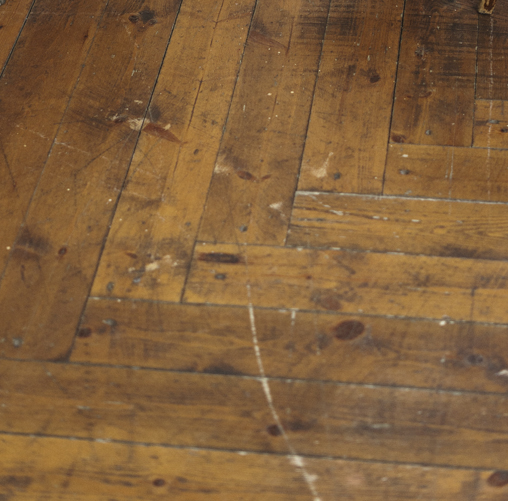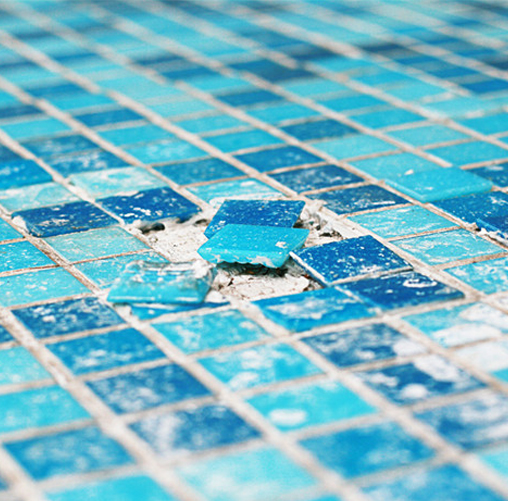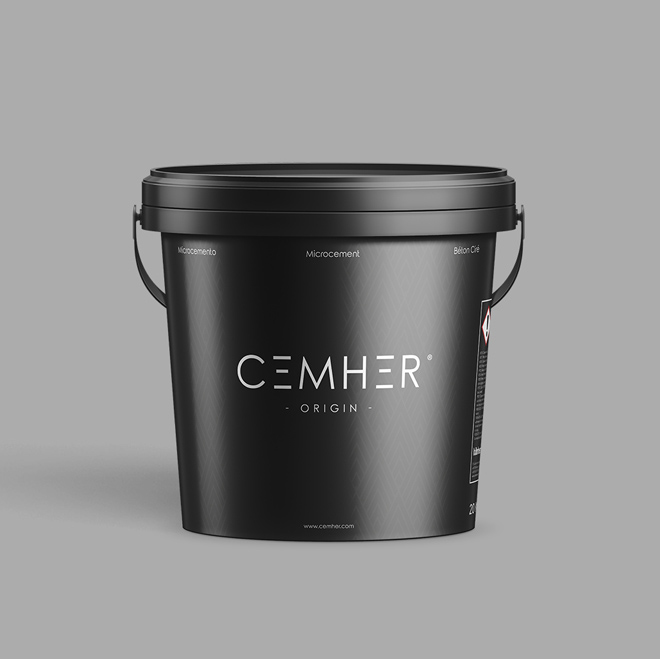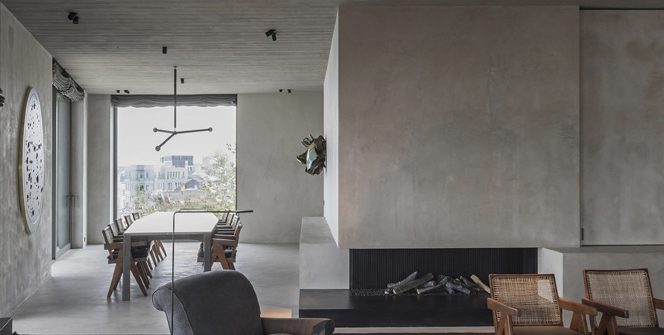Before applying microcement, we must prepare the surface to avoid future problems. For this reason, we have listed the most common surfaces in construction. Depending on each one, and its circumstances, we will have to use some products or others.
PREPARATION OF SURFACES FOR MICROCEMENT
Work prescription

*Important: the following technical recommendations guarantee a satisfying result as long as the work project runs smoothly. However, we always recommend that the professional evaluate and carry out a tasting of the surface before starting the project in order to decide on the best solution. This will avoid possible unexpected events affecting the state of the microcement.
CEMENT-BASED SURFACES
Before applying microcement, check that the surface is in good condition. The tensile strength should be 1.5 N/mm2 “Pull-off test”. If this is not the case, a concrete consolidator should be applied. If there is humidity we will apply a vapour barrier, an anti-humidity epoxy primer. Finally, apply two coats of Microcement Base.
SUPPORTS
Concrete floors
Ready-mix self-leveling mortars
Bagged self-leveling mortars
Other mortars
PREPARATION
Compactec “If the surface is of low quality”
+
Vapour barrier + Mesh “If there is a lot of humidity”
+
Microröck or Microflex Base
*Which microcement base do I use out of the two? There is a basic concept and that is when something is very hard it has less elasticity and vice versa.
With this concept we will use Microröck Base if what we want is a very resistant and hard support. If, on the other hand, we prefer a more elastic support that avoids cracking, we will use Microflex Base.


UNDERFLOOR HEATING SYSTEMS
For radiant floors, Microdur or Microflex, heat-conducting microcements, must be applied directly.
SUPPORTS
Anhydrite self-levelling
PREPARATION
Microdur or Microflex base
PLASTERBOARD
As it is a very porous surface, it will be necessary to use primer TAC + Mesh.
SUPPORTS
Conventional Plasterboard
Plaster
PREPARATION
Primer + Mesh
+
Microdur Base


TILES
Due to the joints, a special epoxy joint filler and joint smoothing compound must be used.
SUPPORTS
Unglazed tiles
Ceramic tiles
Porcelain tiles
Natural stone or limestone
Marble
Glass tiles
Hydraulic tiles
Granite
PREPARATION
Seal the joints
+
Microröck or Microflex base
WOOD
As it is a very flexible material, we will use Microflex base, perfect to support the contractions and expansions of the material.
SUPPORTS
Floorboards
Parquet
PREPARATION
Microflex Base


SWIMMING POOL
For the areas that contain water, we will apply Base Micropool, as it is waterproof in mass.
SUPPORTS
Gresite
Gunned concrete
PREPARATION
Micropool

DO YOU HAVE DOUBTS ABOUT MICROCEMENT?
We want to help you with your project.
If you have any questions or need more information, please contact us, we will be happy to advise you and give you a budget.





